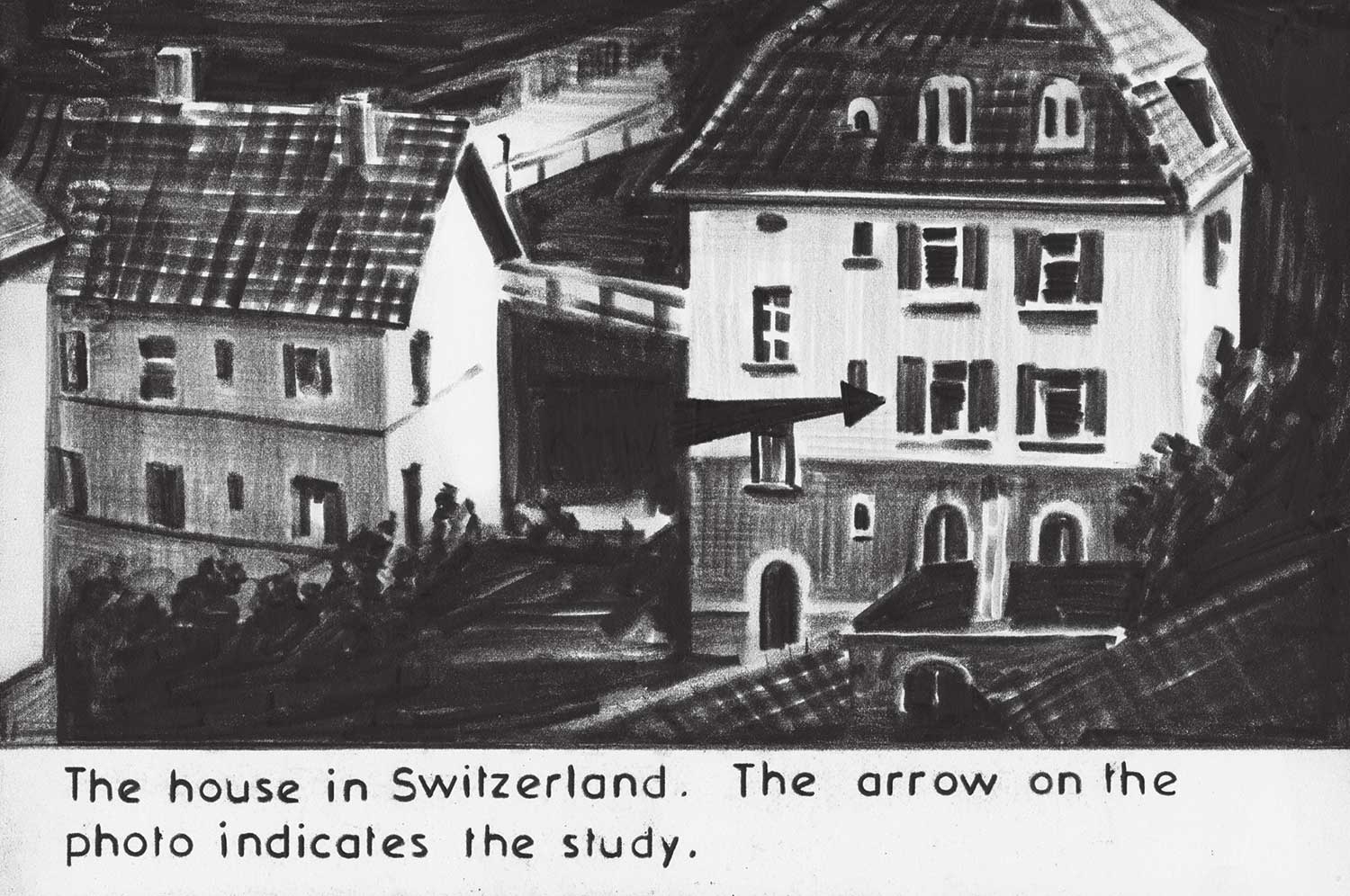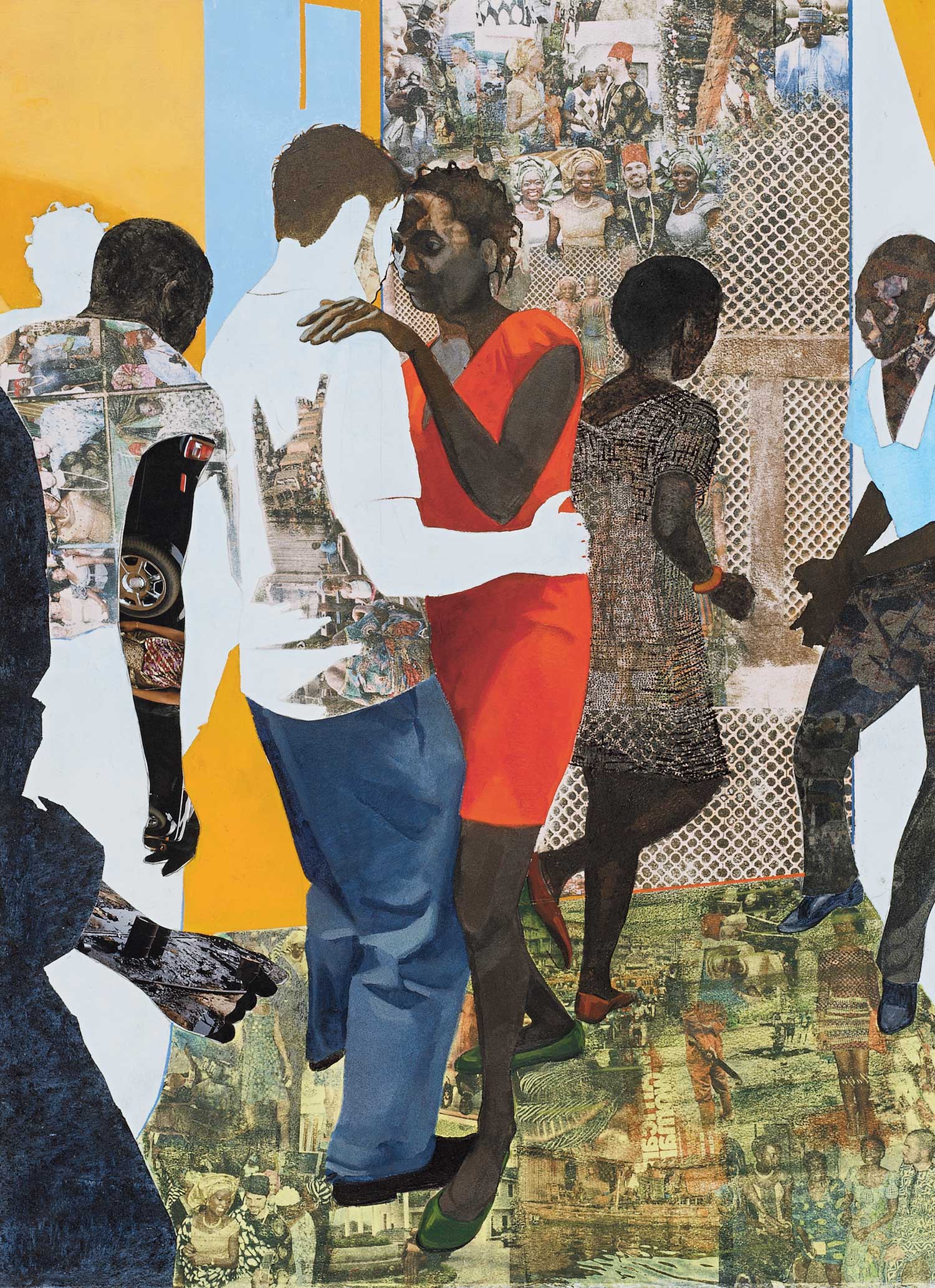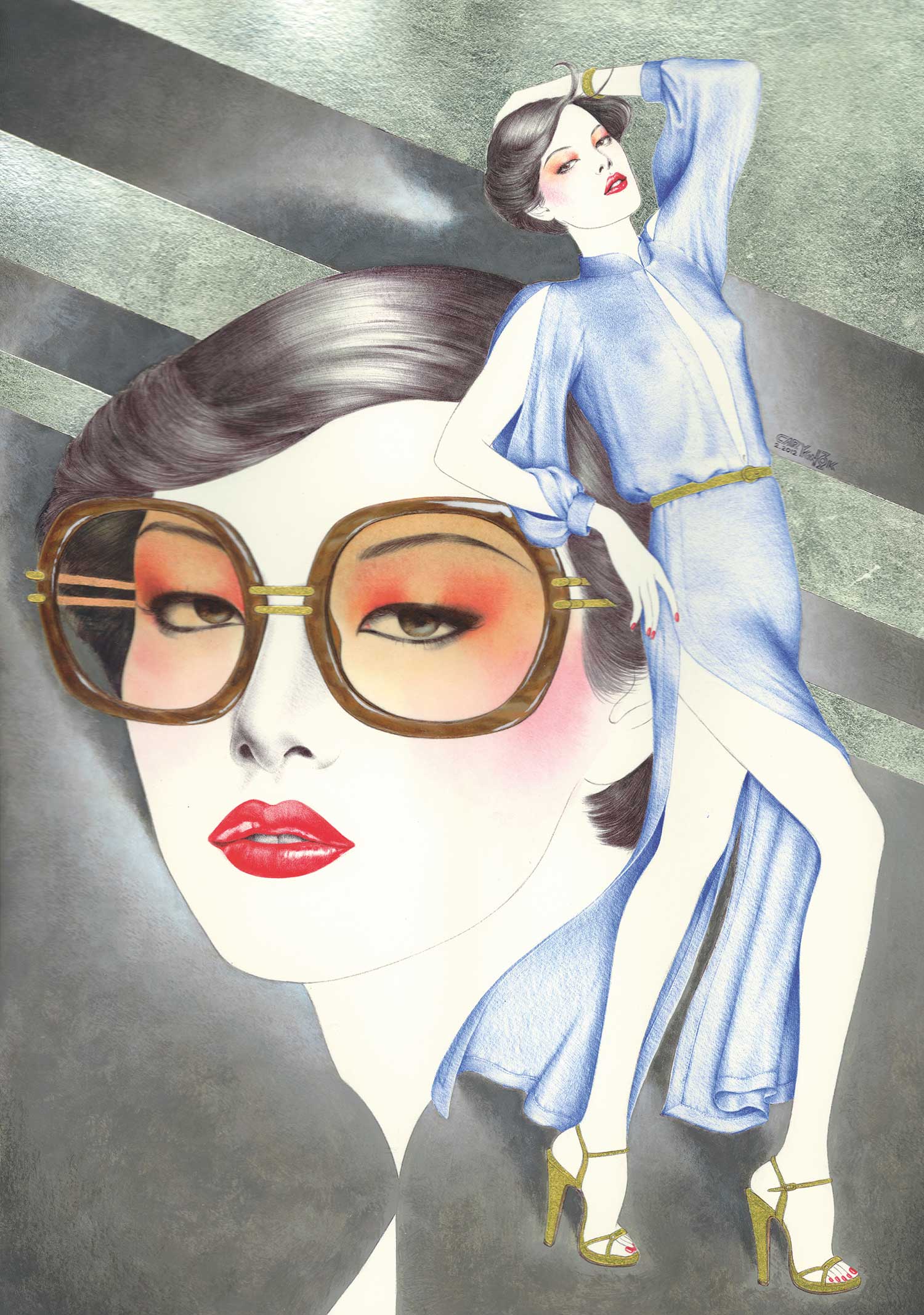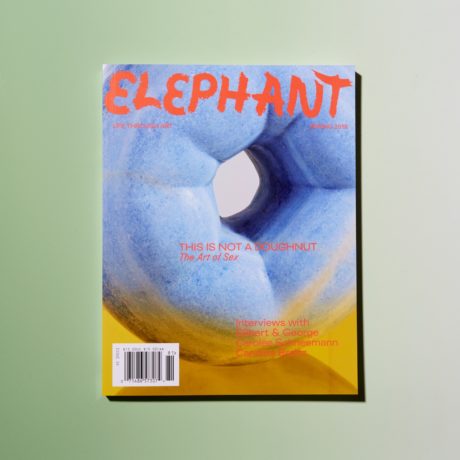
Drawing is old and over-saturated and therefore often declared dull and in need of a reboot. It also suffers from being seen as the in-between process, one that many artists use but far fewer consider their main event. It’s a tool for thinking, planning and seeing. For those who do see themselves as drawers above all else, the external expectation to evolve the language and definition of drawing is a constant. How to draw that which has never been drawn before? This long-held self-reflection of the medium has evolved it into one of the most flexible processes, spilling amoeba-like into other ways of working and blurring the distinctions between itself, performance, sculpture and painting, as well as many things that sit out outside the more expected contemporary art forms, such as graphic novels, graphic design and mapping.
“Like love in that well-known ballad by Wet Wet Wet, drawing is all around us”
Like love in that well-known ballad by Wet Wet Wet, drawing is all around us. Though many of drawing’s more mindless results would never find their way to the wall of a white cube, it’s a process for the many. “In everyday life we afford drawing a place in the continuum of activities that go almost unnoticed,” writes Christian Rattemeyer in the second book of Phaidon’s Vitamin D series, Vitamin D2: New Perspectives in Drawing, “from telephone scribbles (for a certain generation, perhaps, when landlines prevailed) to the ubiquitous children’s drawings so often brought up as the paradigm of accidental meaning, from laundry lists to mapped directions.” When drawing does find its way into the gallery space, we demand a high skill level—some still can’t let it go that Tracey Emin really should be able to draw more accurately if she is to consider herself a “proper” artist.

One of the most comforting elements of Vitamin D is the inclusion of artists who are using traditional drawing tools, in many cases pencil and paper, but who are creating something that has the capacity to surprise. Dan Beudean, a Romanian artist in his thirties, creates such frenetic, dense bodies with his material of choice (graphite), that the images appear to have had the light carved out of them—rather than the marks placed onto them. “His works are meticulously rendered and executed through a fog of cigarette smoke,” Jane Neal romantically conjures in the weighty publication, “which does nothing to diminish his acute insight and attention to detail.” When viewing his works—dreamy depictions of the natural world in other-worldly compositions; human hands caressing birds’ faces; thundering herds of stags, zebras, elephants, ostriches, eagles and more charging through a non-descript, geometric landscape—it’s easy to imagine he sees the world through this haze of smoke, as everything is wrapped in the same heavy, almost inky atmosphere.
“Neal Fox’s works are inky horror shows, with intense, localized floods of blood red”
Elsewhere, Neal Fox takes inspiration from Pettibon, Crumb and Dix to create “chimerical dramas of graphic debauchery” (as described by Freya Smaill in the book). His works, often over one metre wide, are inky horror shows, predominantly harsh monochrome with intense, localized floods of blood red and the occasional polychromatic overspill—see the gloriously horrific Sangre de los Pervertidos (2012), in which American icons from Hunter S Thompson to Charles Bukowski and Alejandro Jodorowski, all Disneyphobes, violently massacre the conglomerate’s most beloved characters.

Drawing requires a leap of the imagination, and the possibility to conjure an entire world from the simple use of pencil on paper is something that, for me at least, will never grow old. Steven C Harvey uses intense yet delicate pencil marks to create tech-heavy scenes that call to mind the sandy, apocalyptic haze of Mad Max and the works of JG Ballard. The gloriously-named Dove Allouche creates unusual ink and pencil drawings of natural surfaces, playing with photo-realism in a manner that is actually not naff at all (who knew that was possible?). There’s a wetness to his dark images, perhaps a moody monochrome photograph snapped in heavy rain.
It would be remiss to not mention the magnificently camp works of Cary Kwok (not quite as saucy as his ejaculating lamp sculptures). “Drawing is Kwok’s true métier,” Colin Perry mentions in the text, “and it is the mixture of sheer graphic skill and a casual sensibility—often punning and sometimes deliberately puerile—that marks these images as within the realm of artistic discourse.” Taking every element of the often flat style of fashion illustration to its extreme, his ink and acrylic works feature models with deep violet hairdos, adorned with bird headpieces and flowing gowns, often worked into with materials such as gold leaf, Swarovski crystals and polyester glitter.
This feature originally appeared in issue 34
BUY ISSUE 34




